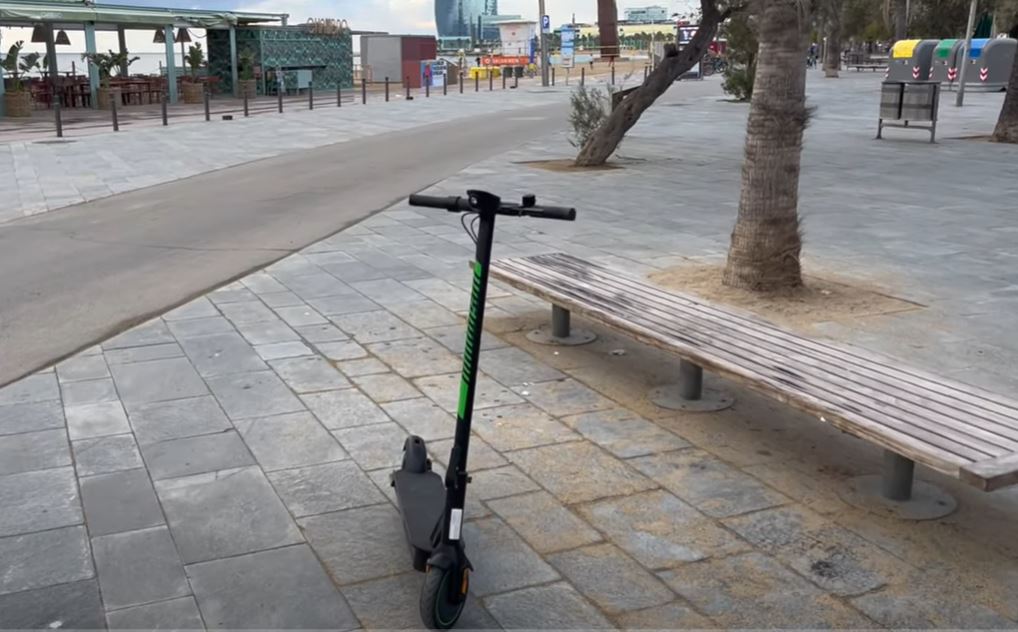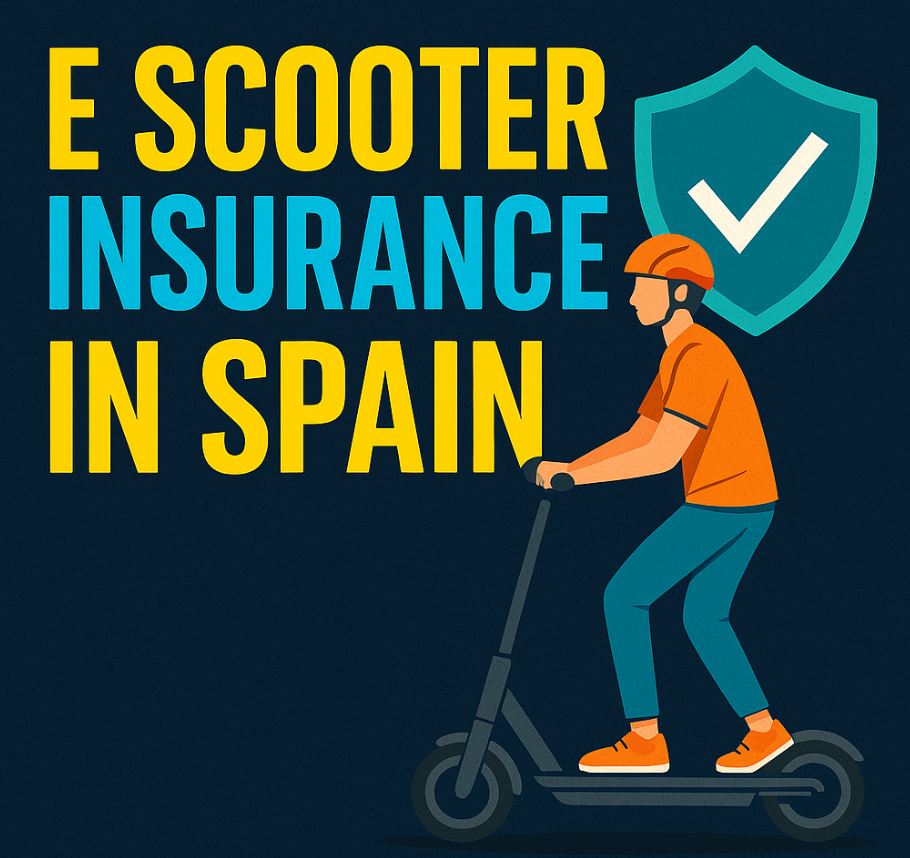Hopefully, this will clamp down on the idiots who use these things with no regard for other road users or pedestrians.
What is E Scooter Insurance and Why Does Spain Require It?
If you ride an electric scooter in Spain, big changes are coming. From January 2026, all personal mobility vehicles (PMVs)—that’s e scooters, Segways, and similar gadgets—will require E scooter insurance by law.
Until now, if a scooter rider caused an accident, the victim often went uncompensated, or the rider faced financial disaster paying damages out of pocket. Spain’s Ministry of Economy has decided enough is enough: with millions of scooters already on the streets, it’s time for proper cover. Read the official page here, with the translation option for English speakers.
This move is designed to protect both pedestrians and riders, ensuring that if something goes wrong, everyone is financially protected. I have lost count the number of times I have seen these people just pull out onto a roundabout, despite them NOT having the right of way, forcing cars to slam their brakes on.
Yes, I know there are some riders of these who do ride them within the requirements of the law, wear helmets etc, but there are a lot who just don’t bother.
How Much Will E Scooter Insurance Cost in Spain?
Here’s the part most riders really want to know. Luckily, E scooter insurance isn’t expected to cost much. Early estimates suggest:
- Basic civil liability insurance → from €25 per year
- More complete policies (theft, roadside help, legal support) → around €60 per year
To put that into perspective, that’s less than your average mobile phone contract, and a fraction of what you’d pay to insure a car or motorbike in Spain.
So, while yes—it’s another piece of admin—it won’t hit your wallet too hard.

Registration and Legal Requirements from 2026
Insurance isn’t the only box to tick. From January 2nd, 2026, riders will need to:
- Register their scooter with the DGT (Spain’s traffic authority).
- Display an official ID tag or QR code on their scooter to prove registration.
- Ensure their scooter meets DGT-approved standards (homologation).
By 2027, only scooters that meet these standards will be allowed on the road. If you’ve got an older model, check whether it qualifies—many cheap imports or modified scooters may not pass.
Fines and Penalties for Riding Without Insurance
Ignore the law and you could be in for a nasty surprise. The rules include:
- Fines up to €1,000 for riding uninsured
- Police powers to immobilise your scooter on the spot
- If you cause an accident uninsured, the Insurance Compensation Consortium will pay the victim—but then demand repayment from you
That’s a headache you don’t want. A small yearly premium suddenly looks like the cheaper, safer option.
Other Rules to Watch: Helmets, Age Limits & Safety Gear
The DGT is also considering wider safety measures alongside E scooter insurance. These may include:
- Making helmets mandatory nationwide
- Setting a minimum age of 16 for riding
- Requiring reflective gear for workers using scooters
- Mandatory lights at night or in low-visibility conditions
Some Spanish cities—like Barcelona and Valencia—already have stricter scooter rules in place, so these new national standards will help unify things across the country.
Final Thoughts: Why Getting Covered Makes Sense
Like it or not, E scooter insurance is coming to Spain in 2026. For just a few euros a month, you’ll be:
- Protecting yourself financially
- Protecting pedestrians and other road users
- Avoiding hefty fines and scooter seizures
So, if you’re an e-scooter owner, now’s the time to start planning. Compare insurance options, make sure your scooter will meet DGT rules, and get ready for registration.
Because the last thing you want in 2026 is to be left on the pavement—literally and legally.



